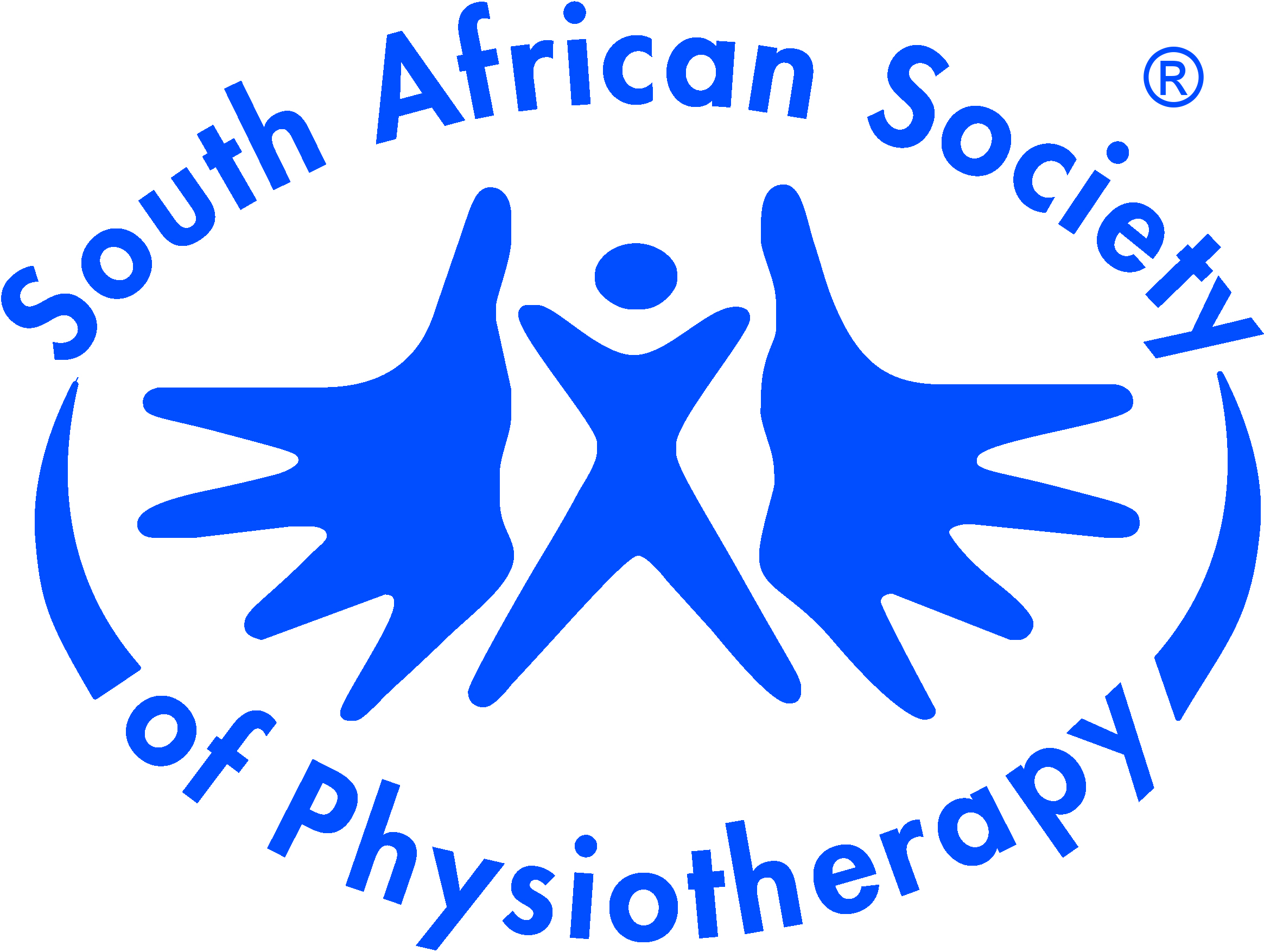Original Research
Biopsychosocial factors associated with chronic low back pain-related activity limitations in Burundi
Submitted: 05 February 2022 | Published: 21 July 2022
About the author(s)
Ildephonse Nduwimana, Institute of Neuroscience, Catholic University of Louvain, Brussels, Belgium; and, National Reference Centre for Physiotherapy and Medical Rehabilitation (CNRKR), Bujumbura, BurundiFélix Nindorera, Institute of Neuroscience, Catholic University of Louvain, Brussels, Belgium; and, National Reference Centre for Physiotherapy and Medical Rehabilitation (CNRKR), Bujumbura, Burundi
Alexis Sinzakaraye, National Reference Centre for Physiotherapy and Medical Rehabilitation (CNRKR), Bujumbura, Burundi; and, Department of Physical Medicine and Rehabilitation, Kamenge University Hospital Centre, Bujumbura, Burundi
Yannick Bleyenheuft, Institute of Neuroscience, Catholic University of Louvain, Brussels, Belgium
Jean-Louis Thonnard, Institute of Neuroscience, Catholic University of Louvain, Brussels, Belgium
Oyene Kossi, Neurorehabilitation Unit, Neurology Department, University Hospital of Parakou, Parakou, Benin; and, National School of Public Health and Epidemiology, University of Parakou, Parakou, Benin
Abstract
Background: Chronic low back pain (CLBP) is an increasing burden worldwide. The biopsychosocial factors associated with CLBP-related activity limitations have not yet been investigated in Burundi.
Objective: The aim of our study was to investigate the biopsychosocial factors that influence the CLBP-related activity limitations in a Burundian sample population.
Method: We carried out a cross-sectional study of 58 adults with nonspecific CLBP from Bujumbura city. Univariate and bivariate analyses were used to investigate the association between biopsychosocial factors and CLBP activity limitations. Sequential multiple regression analyses were subsequently used to predict CLBP activity limitations.
Results: Fifty-eight individuals with a mean age of 41.3 ± 10.20, 58.6% of female gender, were recruited. The univariate and bivariate analyses demonstrated that educational level, gender, healthcare coverage, profession, height, pain intensity, depression and physical fitness were significantly associated with CLBP-related activity limitations (p range, < 0.001 to < 0.05). The multivariate regression analysis showed that the significant biopsychosocial factors accounted for 49% of the variance in self-reported activity limitations. Predictors of activity limitations were education level (β = −0.369; p = 0.001), abdominal muscle endurance (β = −0.339; p = 0.002) and depression (β = 0.289; p = 0.011).
Conclusions: Our study provides evidence of biopsychosocial factor associations with CLBP-related activity limitations in Burundi. Evidence-based management and prevention of CLBP in Burundi should incorporate a biopsychosocial model.
Clinical implications: Biopsychosocial factors should be regularly evaluated in people with chronic low back pain and efforts to improve the burden of chronic low back pain in Burundi should take these factors into account.
Keywords
Metrics
Total abstract views: 2453Total article views: 1859
